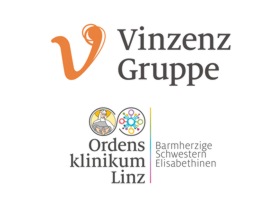A framework based on subject‑specific musculoskeletal models and Monte Carlo simulations to personalize muscle coordination retrainingTools Kainz, H und Koller, Willi und Wallnöfer, Elias und Bader, Till und Mindler, G.T. und Kranzl, A (2024) A framework based on subject‑specific musculoskeletal models and Monte Carlo simulations to personalize muscle coordination retraining. scientific report. Vorschau Kainz et al_2024_A framework based on subject-specific musculoskeletal models and Monte Carlo.pdf - Akzeptierte Version Herunterladen (6MB) | Vorschau
|
||||||||||||||||||
|
|
|
|


 Tools
Tools Tools
Tools